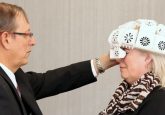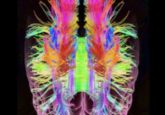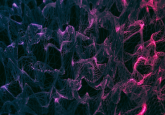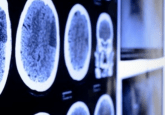Repurposing liver drugs to treat dementia

A drug originally developed to treat liver cirrhosis has been repurposed as a potential treatment for frontotemporal dementia.
Frontotemporal dementia, the third most common dementia type, following Alzheimer’s disease and vascular dementia, and the most common form in people under the age of 65, affects the frontal and temporal lobes of the brain. There are currently no cures or approaches to slow disease progression. Symptoms tend to begin at a younger age than other dementia types, with most cases diagnosed in those between the ages of 45 and 65. It is highly heritable, with up to 50% of cases having a genetic history of the disease, and past research has identified nine genes that may be involved in disease development.
Using neurons taken from fruit flies and rats, researchers from the University of York and the University of Sheffield (both UK) modeled the neurodegenerative process of frontotemporal dementia by inducing a mutation in the Chmp2b gene. While mutations in this gene are rare in cases of frontotemporal dementia, the resulting dysfunctional endosomal-lysosomal signaling is characteristic of the disease.
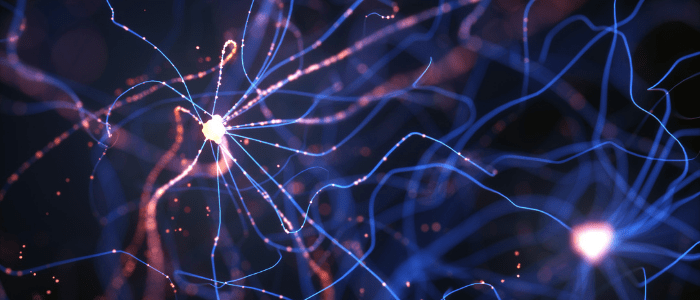 Understanding the role of APOE genotype on brain function
Understanding the role of APOE genotype on brain function
Researchers have investigated the relative effect on the brain of different genotypes of APOE, a known genetic risk factor for late-onset Alzheimer’s disease.
In their models of Chmp2b-induced frontotemporal dementia, the researchers identified several new proteins that display neuroprotective properties and discovered that ursodeoxycholic acid – an FDA-approved compound used to treat liver cirrhosis – increased the expression of these proteins and provided protection from neuronal death.
The mechanism of action of ursodeoxycholic acid remains unknown and more research is required to increase understanding of how it works. Due to its very low toxicity, the drug may be able to improve and increase the length of the lives of those living with frontotemporal dementia and other neurodegenerative conditions, such as motor neuron disease.
Though it may be an effective treatment, the drug does not correct the underlying deficits caused by the disease and therefore is purely a neuroprotective therapy rather than a cure.
“Currently, there’s no way to slow down or cure frontotemporal dementia, […], so we’re excited to see an existing drug stopping brain cells from dying. While this is in the early stages, it’s a valuable first step on the road to finding a way to improve the lives of people with frontotemporal dementia and help them live longer,” commented Fiona Carragher, Director of Research and Influencing at Alzheimer’s Society (London, UK), which provided some of the funding for the research.

